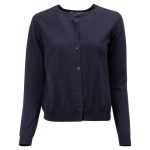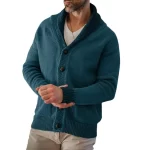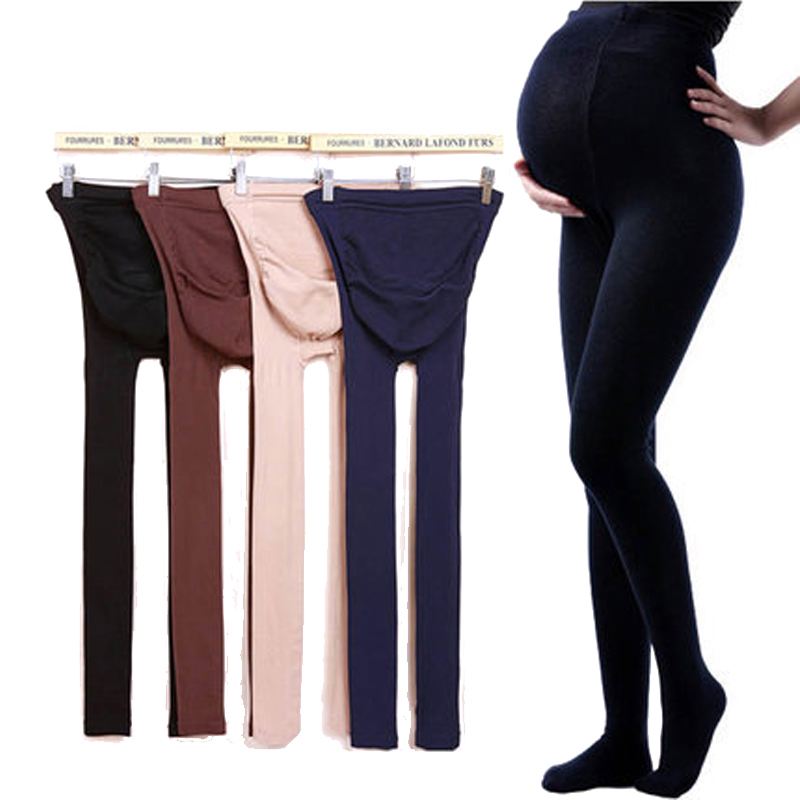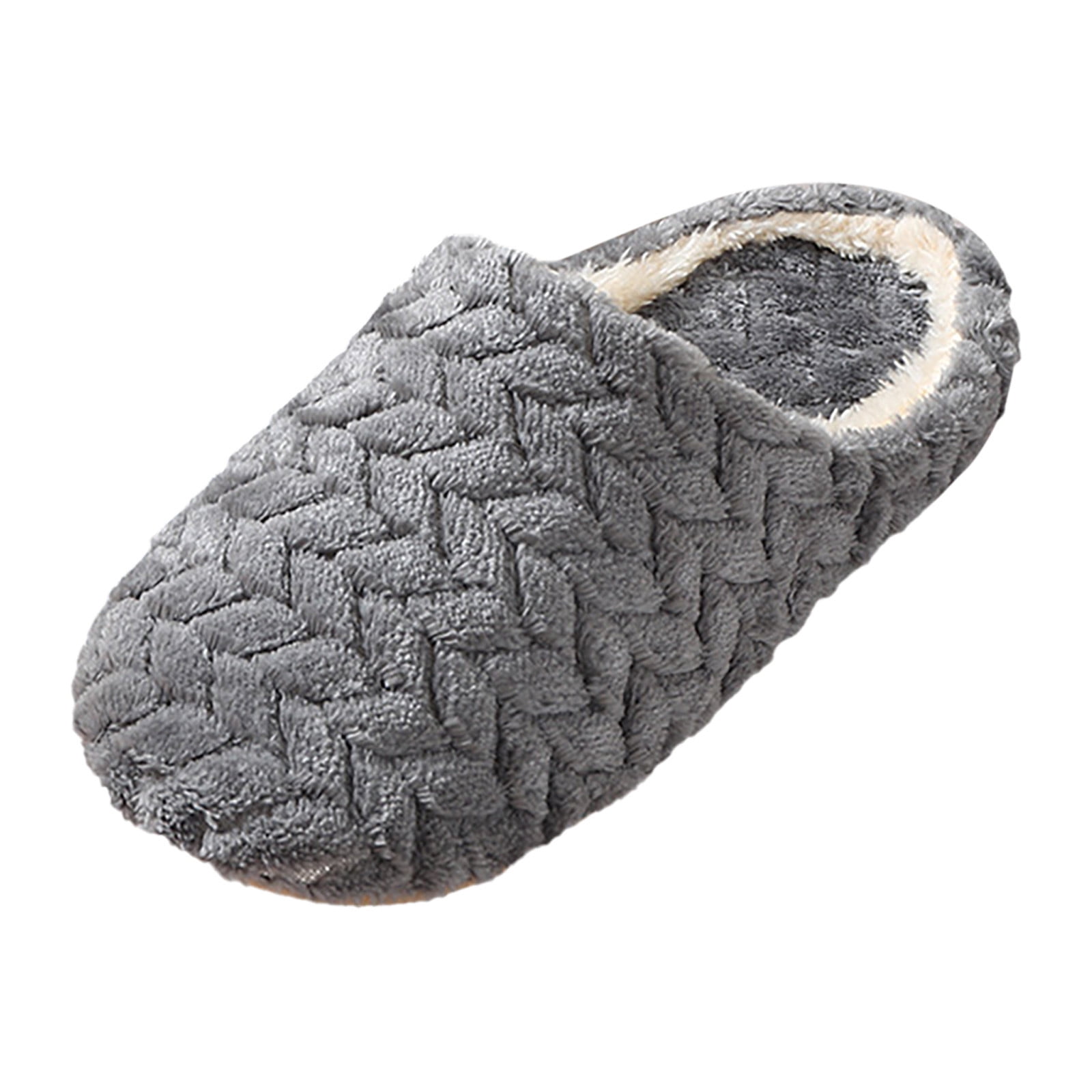Living with lymphedema can present unique challenges, but finding the right compression stockings can make a world of difference. These specialized garments are designed to provide gentle pressure to the affected limbs, helping to reduce swelling and improve circulation. However, with so many options available on the market, choosing the right lymphedema compression stockings can be overwhelming. In this comprehensive guide, we’ll walk you through everything you need to know to make an informed decision and step into comfort.
Understanding Lymphedema: A Primer
Before diving into the world of compression stockings, it’s essential to understand what lymphedema is and how it affects the body. Lymphedema is a chronic condition characterized by swelling (edema) in the arms or legs, often resulting from damage to the lymphatic system. This damage can be caused by surgery, radiation therapy, infection, or trauma, leading to a buildup of lymph fluid and subsequent swelling.
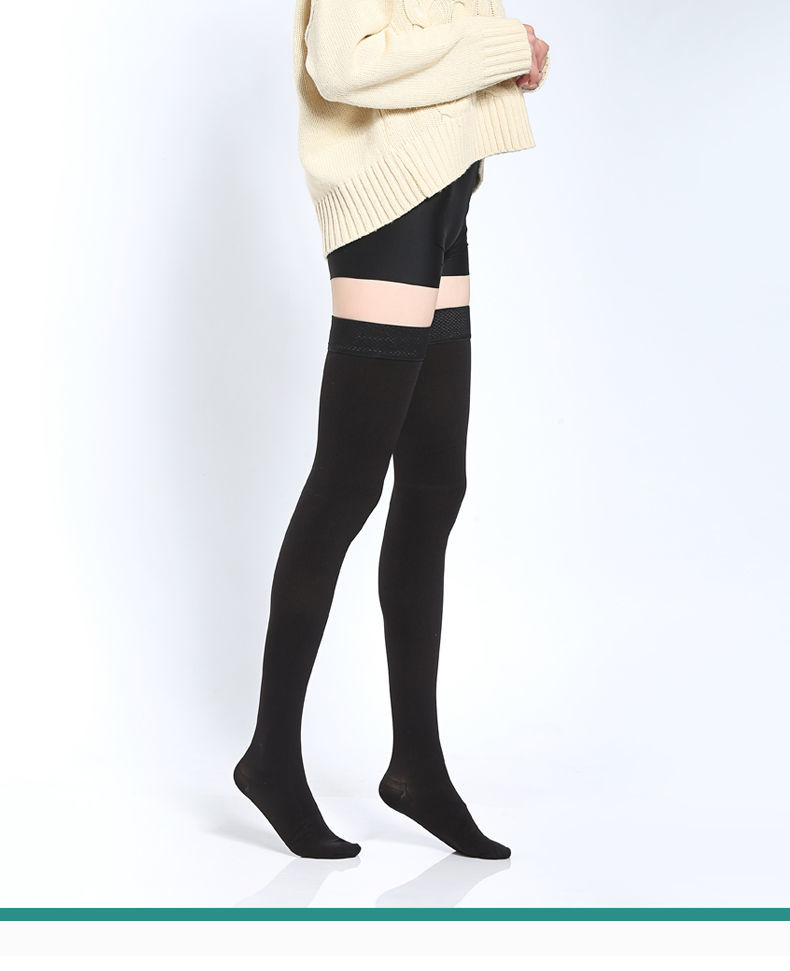
The Importance of Compression Therapy
Compression therapy is a cornerstone of lymphedema management, helping to reduce swelling, improve circulation, and prevent complications such as infections and skin changes. Compression stockings exert gentle pressure on the affected limb, encouraging the movement of lymph fluid and reducing the risk of fluid buildup. By wearing compression stockings regularly, individuals with lymphedema can experience significant improvements in symptoms and quality of life.
Types of Compression Stockings
When it comes to compression stockings for lymphedema, there are several different types to choose from, each offering unique benefits and features. Understanding the differences between these types can help you select the option that best meets your needs and preferences.

Gradient Compression vs. Uniform Compression
Gradient compression stockings apply graduated pressure, with the highest level of compression at the ankle gradually decreasing as it moves up the leg or arm. This helps to facilitate the movement of lymph fluid toward the torso, reducing swelling more effectively. In contrast, uniform compression stockings exert the same level of pressure throughout the limb, providing consistent support but may be less effective for managing lymphedema.
Compression Levels: Finding the Right Fit
Compression stockings are available in various compression levels, typically measured in millimeters of mercury (mmHg). The appropriate compression level for you will depend on the severity of your lymphedema and your individual comfort preferences. Common compression levels include mild (8-15 mmHg), moderate (15-20 mmHg), firm (20-30 mmHg), and extra firm (30-40 mmHg). Your healthcare provider can help you determine the most suitable compression level for your needs.
Choosing the Right Size and Fit
Proper sizing is crucial when it comes to compression stockings, as an ill-fitting garment may not provide the desired level of compression or comfort. Most manufacturers offer sizing charts or guidelines to help you select the right size based on measurements of your ankle circumference, calf circumference, and leg length. Additionally, some brands offer custom-made compression stockings for individuals with unique sizing requirements.
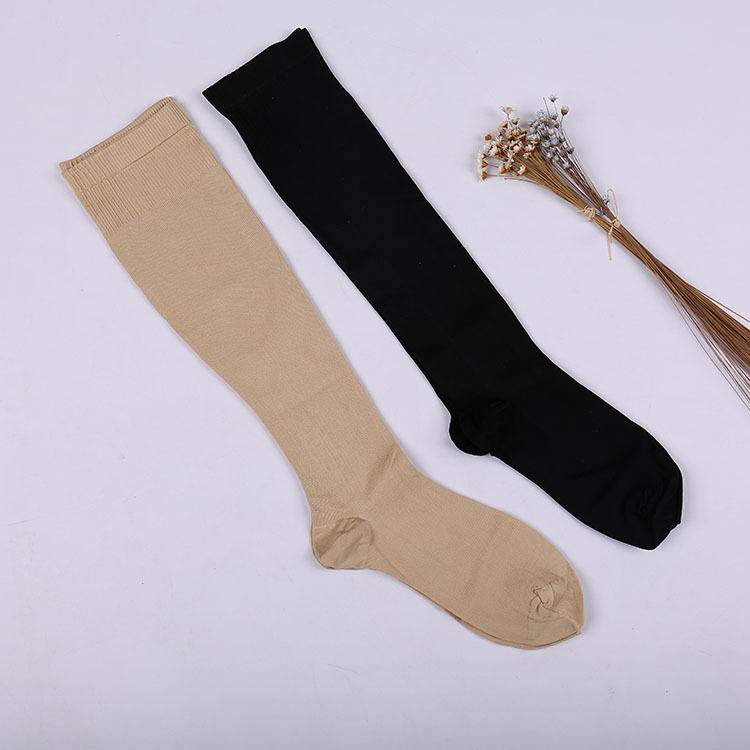
Material and Design Considerations
Compression stockings are available in a variety of materials, including nylon, spandex, cotton, and microfiber. Each material offers different benefits in terms of breathability, moisture-wicking properties, and durability. Additionally, consider factors such as toe style (open-toe vs. closed-toe), length (knee-high vs. thigh-high), and color or pattern options to find a compression stocking that suits your lifestyle and preferences.
Special Considerations for Lymphedema
Individuals with lymphedema may have specific needs and considerations when choosing compression stockings. For example, those with sensitive skin or a history of skin breakdown may benefit from seamless or padded stockings to minimize friction and irritation. Additionally, individuals with mobility issues or limited dexterity may prefer stockings with adjustable closures or assistance devices for easier donning and doffing.
Trial and Error: Finding the Perfect Fit
Finding the right lymphedema compression stockings may require some trial and error, as what works well for one person may not be suitable for another. Be patient and willing to experiment with different brands, styles, and sizes until you find the perfect fit. Don’t hesitate to seek guidance from your healthcare provider or a certified lymphedema therapist for personalized recommendations and assistance.
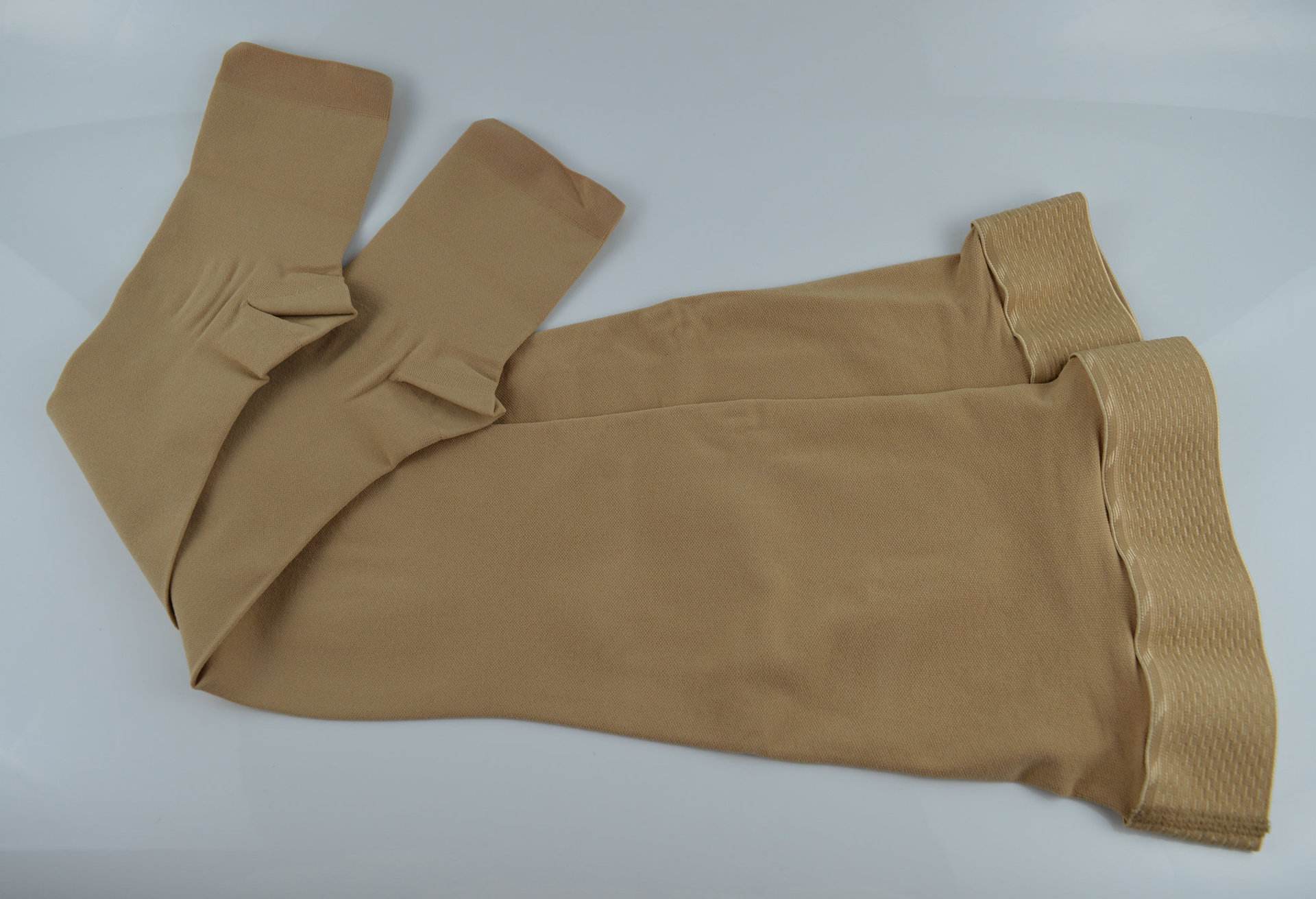
Tips for Caring for Your Lymphedema Compression Stockings
Once you’ve found the perfect pair of lymphedema compression stockings, it’s essential to take good care of them to ensure they remain effective and comfortable for the long term. Here are some tips for caring for your compression stockings:
Follow Washing Instructions: Always wash your compression stockings according to the manufacturer’s instructions. Use a gentle detergent and lukewarm water, and avoid harsh chemicals or bleach, as these can degrade the fabric and reduce the effectiveness of the compression.
Hand Wash or Machine Wash in a Mesh Laundry Bag: To protect your compression stockings from damage, either hand wash them or place them inside a mesh laundry bag before washing them in the machine. This will help prevent snags and tears that can occur during the wash cycle.
Avoid Heat: Avoid drying your compression stockings in direct sunlight or using high heat, such as a tumble dryer or radiator. Instead, gently squeeze out excess water and lay them flat to air dry away from direct heat sources.
Rotate Between Pairs: If possible, invest in multiple pairs of compression stockings so you can rotate between them. This allows each pair to have time to air out and regain its elasticity between wears, prolonging their lifespan.
Use Donning Aids: Donning and doffing compression stockings can be challenging, especially for individuals with limited mobility or dexterity. Consider using donning aids such as rubber gloves, stocking donners, or special devices designed to assist with putting on and taking off compression garments.
Inspect for Signs of Wear: Regularly inspect your compression stockings for signs of wear and tear, such as stretched or frayed fabric, weakened elastic, or holes. If you notice any damage, replace the stockings promptly to maintain optimal compression and support.
Monitor Skin Health: Pay attention to your skin while wearing compression stockings, especially if you have sensitive skin or a history of skin issues. Check for any signs of irritation, redness, or changes in texture, and consult your healthcare provider if you notice any concerning symptoms.
Seek Professional Advice: If you’re unsure about how to care for your compression stockings or if you experience any problems or discomfort while wearing them, don’t hesitate to seek advice from your healthcare provider or a certified lymphedema therapist. They can provide personalized guidance and troubleshooting tips to help you get the most out of your compression therapy.

Conclusion: Stepping into Comfort with Lymphedema Compression Stockings
In conclusion, choosing the right lymphedema compression stockings is essential for managing symptoms, improving circulation, and enhancing overall comfort and quality of life. By understanding the various types, compression levels, sizing considerations, and material options available, you can make an informed decision and find the perfect fit for your unique needs and preferences. With the right compression stockings, you can step into comfort and take control of your lymphedema journey with confidence.



